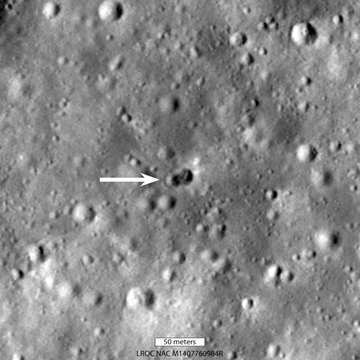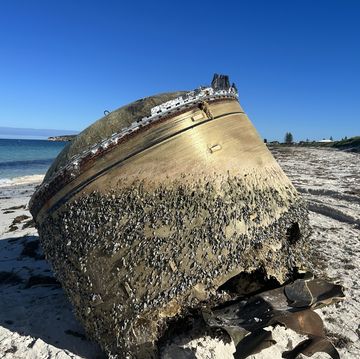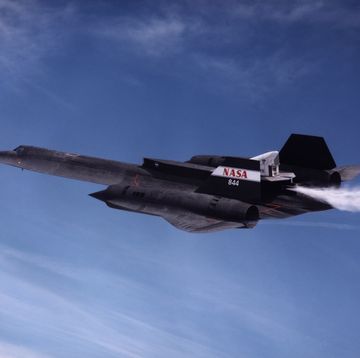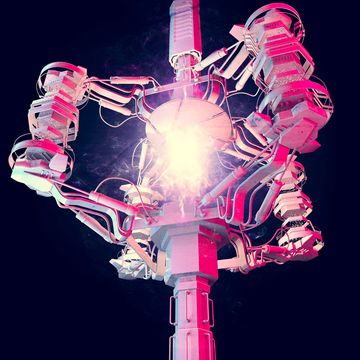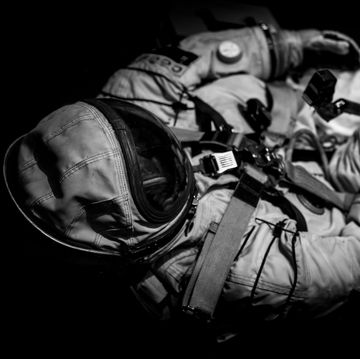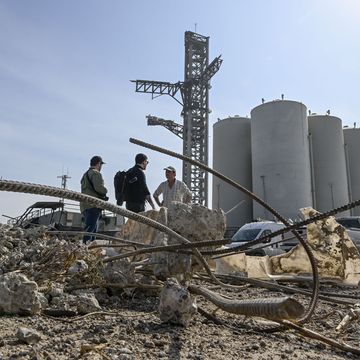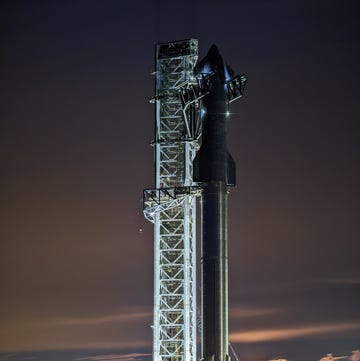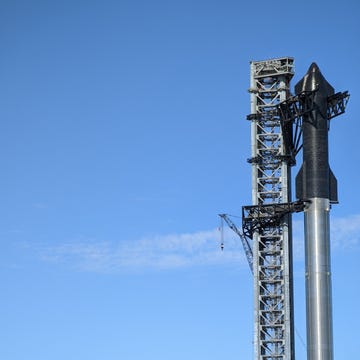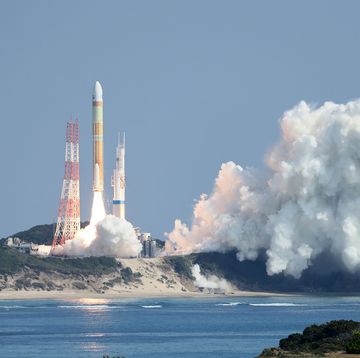NASA's been working on 3D-printing new rocket engines for years. In that time, a whole bunch of different pieces have been tested successfully, but NASA's newest trial run has more of them working together than ever before. In a series of tests this past October, NASA's prototype engine with 75 percent 3D-printed parts underwent a whole series of fire tests and passed with flying colors.
Here's she is blasting out some 20,000 pounds of thrust:
3D-printed engines are a big deal for a couple of reasons. For one, it's easy to make them quick. NASA says that engine parts that take just a month or two to finish up with 3D-printing would take as long as a year with traditional manufacturing. They also have less pieces. By 3D-printing big, complex pieces that would be impossible to manufacture as a single unit otherwise, NASA can remove hundreds of components from certain devices, though some parts like gaskets still have to be sourced by more traditional means.
While they're simpler and easier to make, the question is if these parts are robust enough. NASA obviously isn't using plastic here. Instead, it is layering metal powder and then melting it all together with a laser, a process called selective laser melting. That metal has to put up with serious temperatures though, from 6,000 degrees Fahrenheit when the fuel is really blazing, down to negative 400 in the turbopump where the liquid hydrogen comes from. And in the six tests—one a full 10 seconds long—the parts held up just fine.
There's still work to be done; the engine that was used to perform this test was just a "breadboard engine," an impractically large setup designed chiefly to give engineers the maximum access to all the parts. There's some serious shrinkage to be done before any of this could be used in an actual rocket.
It's very impressive engineering, but also very impressive fire. Lets take one last look at this sucker spitting fire:
Source: NASA



